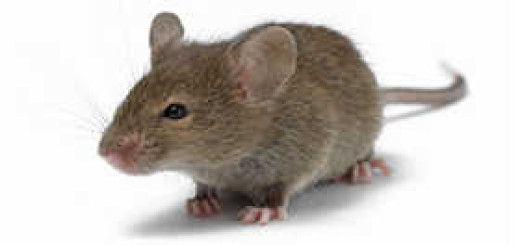Pest Management

It is the goal of the Facilities Management pest management staff to achieve long-term, environmentally sound pest suppression through the use of a wide variety of management practices. Facilities Management’s sustainable approach to pest management extends beyond the application of pesticides, to include reducing the food, water and harborage that attracts pests, as well as eliminating access points used by pests and modifying any equipment, structural features, or management practices that are contributing to pest infestation.
A sustainable approach determines when to control pests, and whether to use mechanical, physical, natural, cultural, or chemical means. If a pesticide is required, the least hazardous material is chosen, the most precise application technique is used, and the minimal quantity of pesticide is applied by a licensed and trained pesticide applicator.
Structural and landscape pests can and do pose significant problems to people, property, and the environment. Pesticides can also pose risks to people, property, and the environment. It is therefore the policy of Facilities Management to implement Integrated Pest Management (IPM) procedures for the control of structural and landscape pests.
IPM procedures will determine when to control pests and whether to use mechanical, physical, cultural, natural, or chemical means. The Facilities Management IPM program depends on current, comprehensive information on the pest, its environment, and the best available pest control methods. Selected non-chemical pest management methods will be implemented whenever possible to provide the desired control of pests. The choice of using a pesticide will be based on a review of all other available options and a determination that these options are not acceptable or are not feasible. Cost or staffing considerations alone will not be adequate justification for use of chemical control agents. The full range of alternatives, including no action, will be considered.
Pesticide applicators are educated and trained in the principles and practices of IPM and the use of pesticides approved by the University. Applicators must follow all federal and state regulations as well as label requirements.
Training for all pesticide applicators is required in the following areas:
- Federal and State laws regulating structural pest control
- Recognition of pests and damages of structural and vertebrate pests
- Pesticide labels, safety data sheets (SDS)
- Safety and use of personal protective equipment (PPE)
- Environmental protection
- Application equipment,techniques and calibration
- Formulation and action of pesticides
- Emergency spills
- Non-chemical controls
- Principles and practices of IPM
The pest management staff at The University of New Mexico is committed to providing the highest quality pest management services for the campus community to ensure a safe environment for everyone who enjoys our campus.
Service Rate Sheet